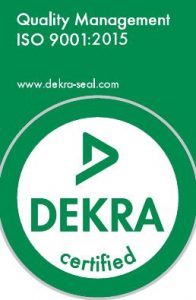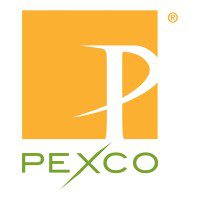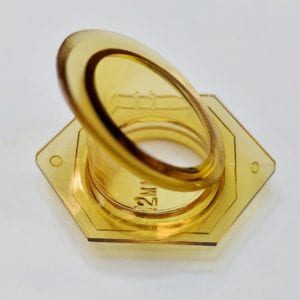
When trying to choose the correct polymer for your application, understanding the materials can help you make your decision. For parts that require superior strength and durability, Ultem® is often a great choice.
Ultem® is a semi-transparent high strength plastic material that can operate in high service temperature environments. It is the ideal choice for demanding, high heat applications and can withstand continuous operating temperatures of 340 degrees F while maintaining strength and rigidity.
Ultem® is a member of the PEI (polyetherimide) family of thermoplastic resins. It provides a unique balance of mechanical properties and processability that gives engineers superior flexibility and freedom in design. Ultem is available in a variety of grades that provide enhanced chemical, heat, and elasticity benefits. It also features high tensile strength, stiffness, strength to weight ratio and dimensional stability.
Ultem® is the high-performance polyetherimide material of choice for many aerospace, aircraft, medical and pharmaceutical applications, including medical components. It offers exceptional mechanical properties and exhibits natural flame resistance and extremely low smoke generation.
- Heat, solvent and flame resistant
- High dielectric strength and stability
- Excellent mechanical properties
- Rigid and strong
- Exceptional resistance to environmental forces
Performance Plastics is highly skilled at designing and molding using high performance materials such as Ultem®, Torlon®, PEEK, POM, and PPS. We work with our customers to solve technically challenging problems. We can propose materials to implement part functionality in the design stage of development. We offer manufacturing solutions such as a clean room, the ability to offer direct gating of fluoropolymers, high volume production, visual inspection and automated facilities.
For more information and solutions, please contact Rich Reed, Vice President of Sales & Marketing at 513-321-8404 or email [email protected]

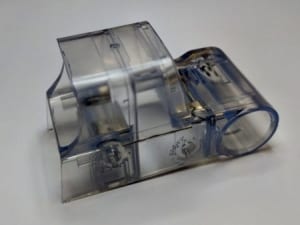
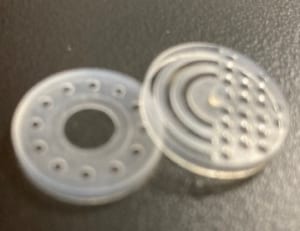 The Lithium Ion Battery industry has begun using more and more plastic parts in their manufacturing processes. Most batteries intended for light vehicle usage now have 50% more plastic materials than they did even 10 years ago. Some batteries have entirely plastic formulations ranging from the electrolyte (polymeric electrolytes) to the casing. This is due to the very low weight of plastics as compared to metals. Plastic incorporation in batteries increases the electrolyte efficiency if used in polymeric electrolytes.
The Lithium Ion Battery industry has begun using more and more plastic parts in their manufacturing processes. Most batteries intended for light vehicle usage now have 50% more plastic materials than they did even 10 years ago. Some batteries have entirely plastic formulations ranging from the electrolyte (polymeric electrolytes) to the casing. This is due to the very low weight of plastics as compared to metals. Plastic incorporation in batteries increases the electrolyte efficiency if used in polymeric electrolytes.
